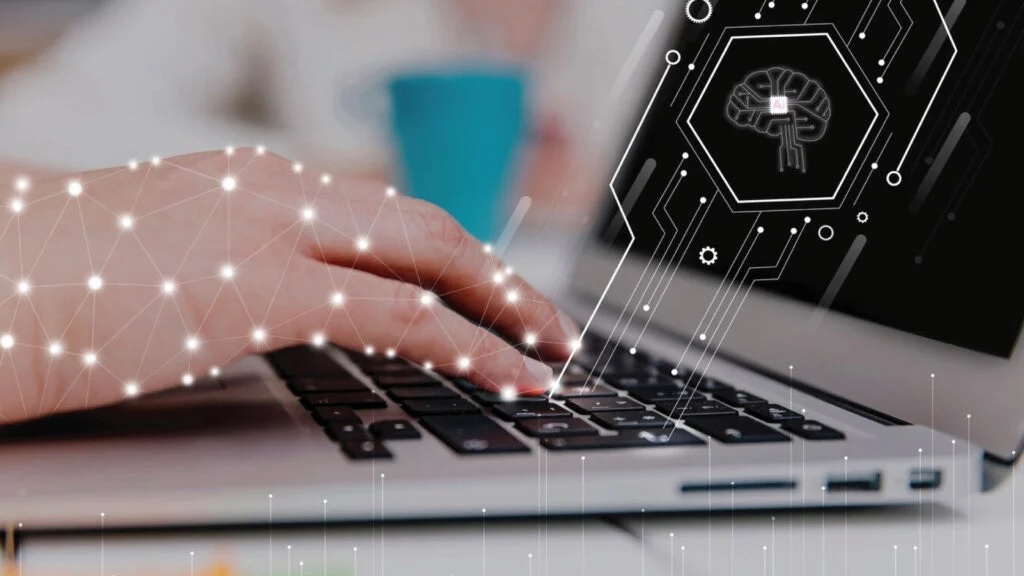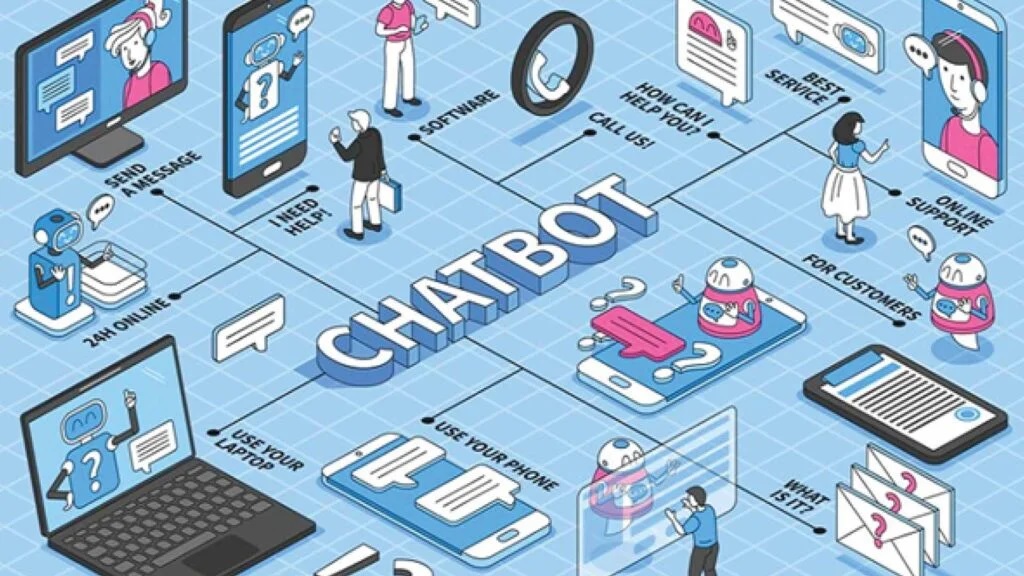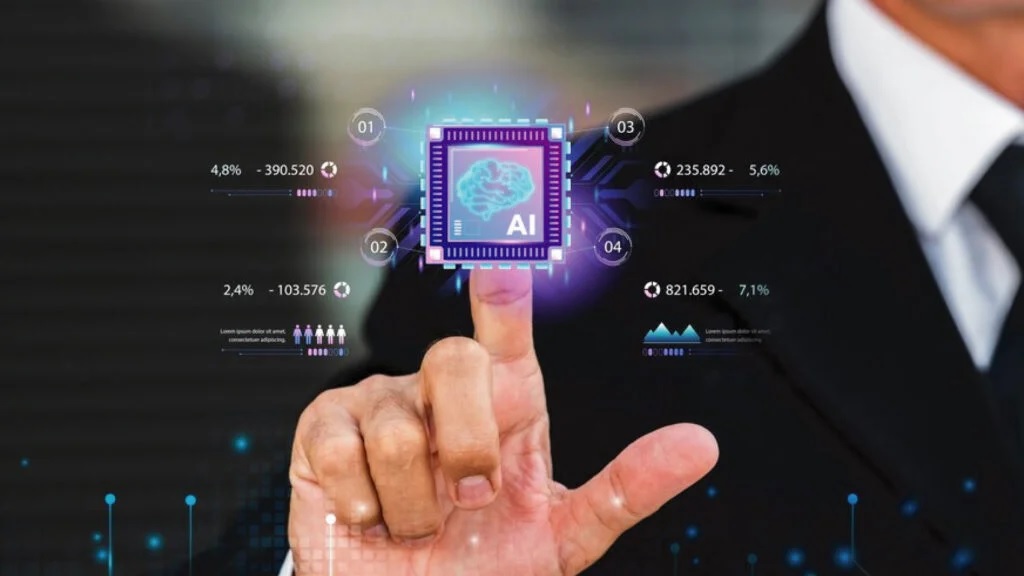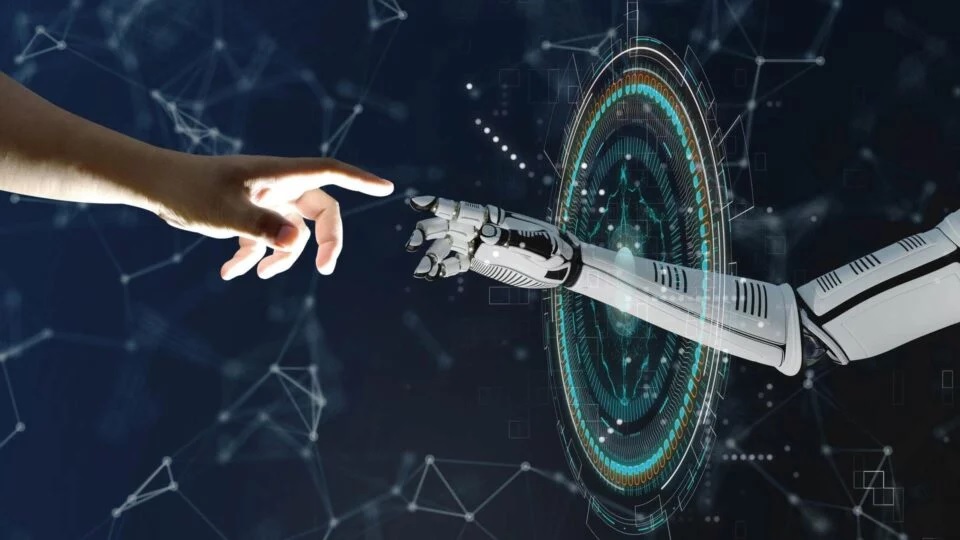Hello Hussein, can you share with us your professional journey and how you became involved in the field of AI and technology, leading to your role as co-founder of Momentable?
I’ve always been fascinated with technology and sci-fi. AI is one of those things that sticks in your mind, and you can’t help but think about it.
I studied engineering and worked in tech, and even with all the advancements in technology we have been witnessing in the past two decades, AI was one of those things that we always thought would remain a sci-fi pipe dream for a long time.
This is not because there was nothing happening. But those who work in tech know it takes a while for the evolution of these technologies, and advancements are usually several degrees of separation from the regular user.
I’m always learning, reading, and building tech products, so AI was a field of study; however, implementing it was never accessible for early-stage products.
The status of AI has forever changed. OpenAI’s ChatGPT launch has had a remarkable impact on the field of AI and tech in general. AI is now available for regular users. People like me working in tech can now use AI in everything they are doing, which will accelerate product development and will impact the kind of products we can build and deliver to customers.
In addressing concerns surrounding AI ethics, you mentioned the importance of regulatory measures, technological transparency, and societal readiness. Could you elaborate on how Momentable approaches these areas to mitigate potential ethical dilemmas?
With great power comes great responsibility. AI is a powerful technology, and it’s very easy for those wielding it to amplify the impact of the good and the bad in the work they do.
While we, in the tech space, are doing our very best to build great products that deliver great value, we are not social scientists, psychologists, or public servants. So, we can’t be expected to regulate and supervise ourselves, nor can we evaluate the impact of these technologies and the products using them on the individual and on society.
It’s great when companies have values, codes of ethics, missions, and visions; however, those are not enough. Just like we do not rely on drivers to drive safely, we have traffic laws, signs, lights, and we make sure people driving a car are licensed and trained. We need to do the same with technologies, which, I would argue, have a massive impact on shaping our future as a species more than anything we’ve ever had in our history.
At Momentable, we are acutely aware of the impact of generative AI on our stakeholders, artists, cultural organizations, and art lovers. We engaged our stakeholders, ran several experiments where generative AI created artworks with input from artists, with their permission and consent.
In addition to using AI to enhance customer experience on our platform, we are using the learnings to evolve our product and introduce Generative AI in a thoughtful way that adds value and advances the art and culture space.
To Know More, Read Full Interview @ https://ai-techpark.com/aitech-interview-with-hussein-hallak/
Related Articles -
AI-Powered Wearables in Healthcare sector
Trending Category - Patient Engagement/Monitoring










